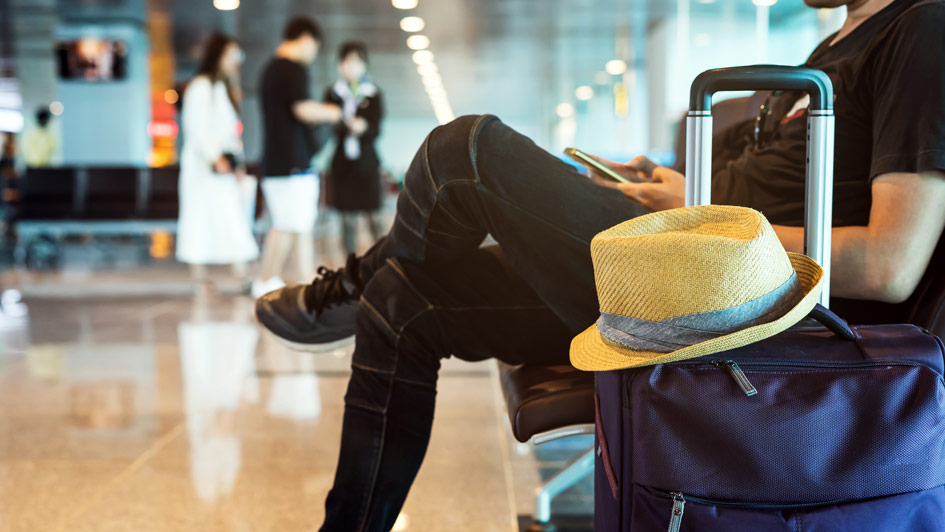
From a tropical vacation or a lengthy trip for work, traveling means making plans for your heating and cooling system. You don't need it as long as you’re away, so you can adjust it as necessary to conserve your energy use. Just the same, you shouldn't just leave it off for the entire time you're gone.
Instead, it’s best to leave your HVAC system going and just make adjustments depending on the season. That way you can lower energy costs without worrying about returning to an uncomfortable home. We’ll explain why you should avoid turning your HVAC system off as well as the most energy-efficient thermostat settings for various times of year.
This Is Why You Shouldn’t Leave Your Thermostat Alone
While you might be tempted to shut your HVAC system down before a trip, this can end up stirring up annoying problems by the time you get back. This is notably true in case the weather will be severely hot or cold while you’re away from home.
As an example, shutting the HVAC system down in the summer can cause very high humidity. Not only will your home feel like a swamp when you have returned, but it could have also stimulated mold/mildew growth or pest infestations.
And during the winter, not using the furnace can lead to pipes icing over or even bursting. It’s never fun to return home from a nice trip only to find extensive water damage close to a broken pipe.
Best Thermostat Settings While at Work
You can make temperature adjustments even as you come and go to work. Since you’re out of the house for around 8 hours or so, it doesn’t seem sensible to keep an empty home heated or cooled as if you were there. Generally, it’s recommended to adjust the thermostat by 5 degrees or more. Meaning that if you prefer a comfortable 72 degrees, think about adjusting it to 76-77 while you’re out.
But you may save even more if you’re willing to further adjust the temperature. According to the Department of Energy, you might save nearly 10% on your HVAC expenses by raising the temperature by about 7-10 degrees.
Ideal Thermostat Settings While Away from Home in Summer
If you’re leaving for a lengthier trip in the heart of summer, you can make larger adjustments. This prevents wasting energy while still defending your home from the hassles that come with leaving it without air conditioning. About 5 degrees is appropriate for brief trips while around 10 degrees is ideal if you’ll be out of town for 2 weeks or longer. If you like keeping the house at 72 in the summer, 78-82 will offer beneficial results.
Recommended Thermostat Settings While Away from Home in Winter
To determine the best thermostat setting for a winter getaway, simply lower it by the same amount you would increase it in summer. 68 is a frequent winter thermostat setting, so turning it down to 63-58 will protect your plumbing while limiting how long your furnace operates.
Smart Thermostats Are Even Better: Perks of Smart Thermostat Installation
One of the best ways to manage your home’s HVAC system while out of the house is using a smart thermostat. This special type of programmable thermostat employs intelligent software to monitor your usual comfort habits. It learns these preferences and makes automatic corrections to the schedule for higher energy efficiency. And with Wi-Fi integration, you can remotely access your heating and cooling from a smartphone or tablet.
Smart thermostats are stuffed with features to help you save even more. For example, specific models can monitor electricity prices to increase heating or cooling when prices are more affordable. They can be used with high-efficiency, variable-speed equipment to optimize how long your HVAC system needs to run. It’s the optimal tool to simplify how you use your comfort system. If you’re planning on investing in a smart thermostat, there are a variety of ways you can reduce your costs, in essence getting a smart thermostat for free. The next time you leave for vacation, you can enjoy true peace of mind that your HVAC system won’t cause any trouble while you’re away from home.


